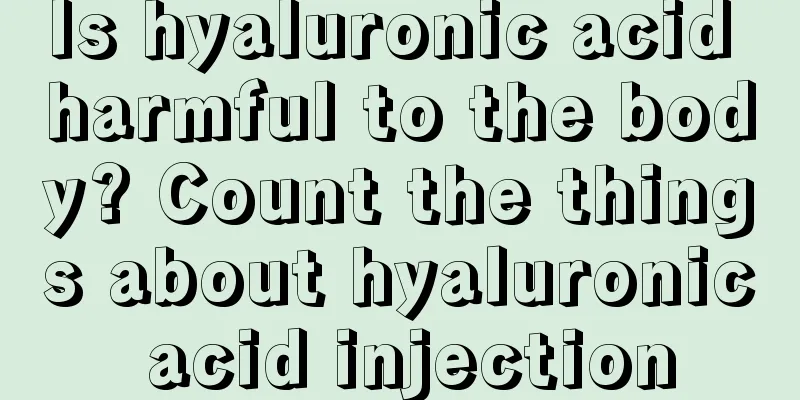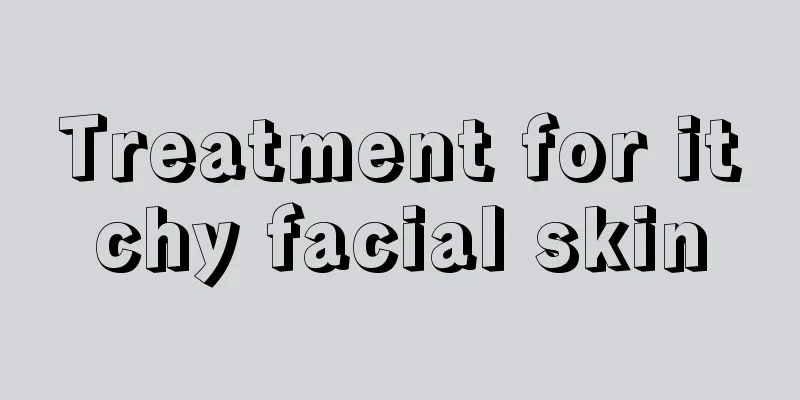Side effects of teeth bleaching

|
Many people yearn to have a set of white and bright teeth. When we were young, our teeth were very white, but as time goes by, we are often affected by the surrounding environment, and our teeth gradually turn yellow. Once the teeth turn yellow, it is difficult to whiten them back. But with the advancement of science, many physical and chemical methods have emerged to whiten teeth, but this method does have some side effects that endanger human health. 1. Methods of teeth bleaching 1. Tooth polishing: Use some polishing instruments to remove the pigments and plaque on the tooth surface, making the tooth surface look smoother and brighter, and can also delay the re-attachment of plaque and pigments. The pigments on the surface of teeth not only affect the aesthetic appearance of the teeth, but also easily accumulate plaque and cause periodontal diseases. 2. Teeth cleaning: also known as supragingival scaling, uses a type of scaling instrument to remove tartar, plaque and pigments deposited on the gums and tooth surfaces. It should be noted that after periodontal treatment, in addition to daily brushing, regular cleaning is required within six months to a year to completely remove unremoved or newly formed plaque and tartar. 3. Sandblasting: It refers to the use of air and water to spray polishing particles such as sodium bicarbonate onto the surface of teeth through a controllable spray gun to remove tartar and plaque, thereby achieving the effect of whitening teeth. 4. Cold light whitening: It refers to the use of cold light to penetrate the drug into the tooth tissue. This method belongs to chemical bleaching, which is effective quickly and has a short operation time. The tooth whitening effect can last for more than 2 years. 2. Indications for tooth bleaching Age-related tooth discoloration, exogenous staining (staining from food or beverages (orange juice, berries, red wine, coffee, tea, cola, etc.), mild to moderate tetracyclic teeth and fluorosis, pulpless discolored teeth. The effect is not good for teeth with severe endogenous staining (fluorosis, tetracyclic teeth). 3. Contraindications of tooth bleaching Highly sensitive teeth, patients with periodontal disease (those with exposed tooth roots), those with cracked teeth, those who are allergic to HP and other added ingredients, those who are hypersensitive to light (photosensitive individuals), pregnant and lactating women (there is currently no evidence to prove that bleaching has adverse effects on the fetus, but it can aggravate the inflammatory response of patients with pregnancy gingivitis). Second, the side effects of teeth bleaching 1. Tooth sensitivity According to relevant data, approximately 15% to 78% of people seeking beauty experience symptoms of tooth sensitivity. If the patient already has a history of tooth sensitivity or gum recession, the chance of developing tooth sensitivity will be higher. In addition, tooth bleaching usually requires light-activated catalysts or heating to speed up the bleaching process. Because of the increased temperature, it is very easy for the patient to develop pulp tooth sensitivity. 2. Decreased microhardness of tooth enamel surface By observing the microhardness of the enamel surface, we can understand whether there is demineralization of the enamel. During the bleaching process, the enamel chemical and physiological structure changes due to the influence of oxidation reaction. However, relevant studies have also shown that 10% and 16% carbamide peroxide have little effect on the microhardness of enamel. The differences in the studies are due to a variety of factors, such as bleaching methods, bleaching concentrations, etc. 3. Increased plaque adhesion Relevant studies have shown that after bleaching with 35% hydrogen peroxide, without taking any oral hygiene measures, after 5 days, people who seek bleaching will experience increased plaque adhesion, resulting in a large amount of plaque accumulation under the gums and on the gums. After repeated bleaching of teeth, the enamel becomes increasingly rough, enhancing the adhesion of mutans Streptococcus. |
<<: Which is better, liquid foundation or BB cream?
>>: What is the difference between powder mist eyebrows and powder black eyebrows?
Recommend
How to perform mandibular cosmetic surgery?
The mandible contains the chin of people, so the ...
What kind of facial mask is good for those who often stay up late?
Many people pay attention to skin care after stay...
Side effects of Korean semi-permanent eyebrows
When it comes to goddesses without makeup, the mo...
Hybrid Skin Care Approach
If we reach a certain age and do not pay too much...
What are the methods of treating freckles?
In fact, many people nowadays have the need to re...
The neck and arms also need to be protected from the sun, revealing the whole body zero dead angle whitening strategy
The first high temperature warning of this year h...
How to get rid of forehead wrinkles?
In daily life, wrinkles on the forehead are a com...
How to care for thin skin stratum corneum? Alternating hot and cold is good for the skin
Thin skin stratum corneum can cause trouble for m...
Is it good to wash your face with white vinegar?
Everyone must be familiar with white vinegar. In ...
Do I need to wash my face after applying milk?
It is not advisable to apply drinking milk direct...
There are three ways to use brown sugar mask
I believe many people have heard of and eaten bro...
What is closure like?
Closed comedones is a term that many people are u...
Do eyelashes regrow?
I believe many people have heard this saying: eye...
Why do the corners of the eyes droop?
No matter what difficulties we encounter, we must...
This is the correct makeup and light makeup steps
In real life, makeup is a popular element. Approp...









